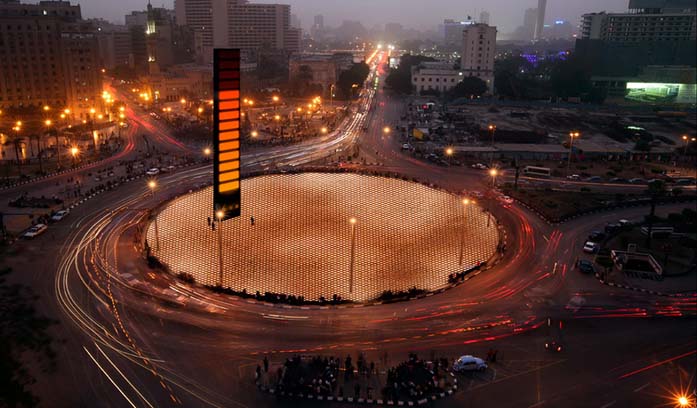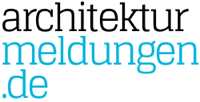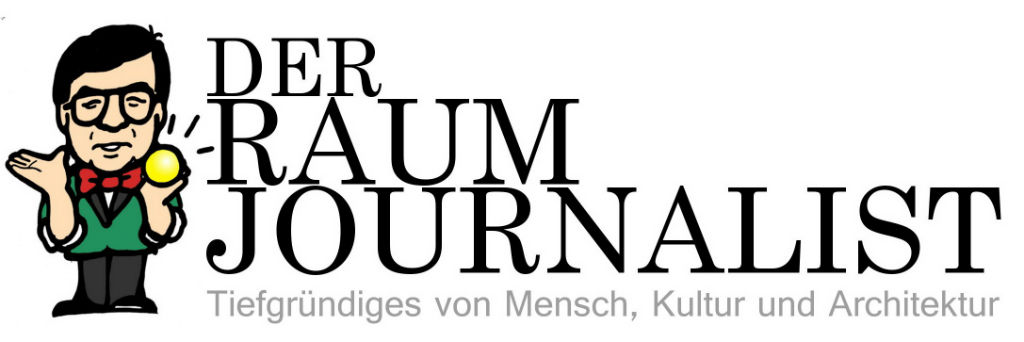A New Tahrir Square: Competition by ICARCH.US
In the second half of 2011, ICARCH.US gallery launched A New Tahrir Square competition, asking for ideas for a new Tahrir square, the focal point to the Egyptian revolution in Cairo. The participants were free in their ideas and approaches. Now the awardees were announced – first place goes to the Stuttgart office of Scala Architekten. Congratulations to Stuttgart!
 1st place: J. Esefeld & S. Bostanci / Scala Architekten – Germany
1st place: J. Esefeld & S. Bostanci / Scala Architekten – Germany
2nd place: Francesco Garofalo / Openfabric – Italy / The Netherlands
3rd place: Prof. Wolfgang Rahm / Atelier Rahm – Germany
Members of the jury were Anna Barbara, Luca Molinari, Alessandro Scandurra and Marco Navarra.
More about the entries online:Â tahrircompetition.wordpress.com
The jury’s report by Anna Barbara, Luca Molinari, Alessandro Scandurra and Marco Navarra.
It is unquestionable that Tahrir Square is born again in 2011 through an irreversible process that is not over yet. Most of the projects submitted to A New Tahrir Square competition launched by ICARCH deal with the Arab Spring, with a revolutionary event whose transformational extent is still at the beginning. The broadmindedness towards Egypt’s possible futures bestow the projects with passion, vision and hope.
The proposals for A New Tahrir Square were developed around the following main themes:
1. New media as vox populi (voice of the people)Â in all the accepted meanings of online people. Arab Spring taught us that people who took refuge into the Internet as a community are not invisible, nor far away, but on the contrary their togetherness can materialize in a given, concrete place, and make itself heard. Through the Internet, its tribes and its tools have been couched through symbols, myths and archetypes in many projects.
2. Time aesthetics instead of space aeshetics.
Most of the projects, conceived for the same site, have common aesthetical hallmarks that belong to the international semantics of these days.
3. Democracy symbols, or unity of the individuals into a critical crowd.Â
The consciousness that the individuals can gather in a strong and cohesive whole is maybe the most bewildering and powerful discovery. Many applicants chose it and stressed it through the pattern, rhythm, pixel and forms that compose their projects.
4. Symbolical reversal of symbols.
Exorcizing the symbols of the dismissed power becomes an urgent need for a sudden societal change. This can happen through destruction, irony or through a resignifying process that inexorably gives birth to possible new symbols.
The jury acknowledges three different approaches: political-digital, societal-landscaping, environmental-utopian and the following projects as the best ones for A New Tahrir Square –
phase 1:
 A New Tahrir Square (political – digital)Â
A New Tahrir Square (political – digital)Â
by Joerg Esefeld & Sayman Bostanci (SCALA Architekten) – GermanyÂ
The project summarizes the main themes: the social and the political dimensions of the digital world as a shared place; sensitiveness as a peculiar human quality and as super seismograph of the web; the human scale symbolical dimension through the footprint pattern that makes the square vibrate and the monumental and utopian scale of the obelisk which is modernized through digital technolgy but it is also a museum.
The project is coherent and doesn’t try to transform the square into something else, it translates memory into an essential urban vision.
 Planting Democracy (societal – landscaping)Â
Planting Democracy (societal – landscaping)Â
Francesco Garofalo (Openfabric) – Italy / The NetherlandsÂ
The project seizes a vital feature of the site: a connection which goes beyond symbolical geometries and designed boundaries. This proposal allows a humanizing reading for a New Tahrir. Maybe in this garden a big void (space) could gather people to remember and meet again. The project is a landscape proposal with a remarkable botanical report that recalls the earthly garden, the reconciliation place par excellence. The tree is the unit, while democracy is a garden to look after.
 Light Mirror (environmental – utopian)Â
Light Mirror (environmental – utopian)Â
by Prof. Wolfgang Rahm (Atelier Rahm) – GermanyÂ
The project is an Enlightenment utopia that combines air, sun, light and shade.
The project develops a gigantic thin canopy of intangible particles that unconditionally shelters from the sun. It has an environmental scale that reminds us of the works of Olafur Eliasson and a physiological hint like some of the works by Diller and Scofidio. It’s purposely out of scale to increase its expressive strenght, like the pyramids did.








